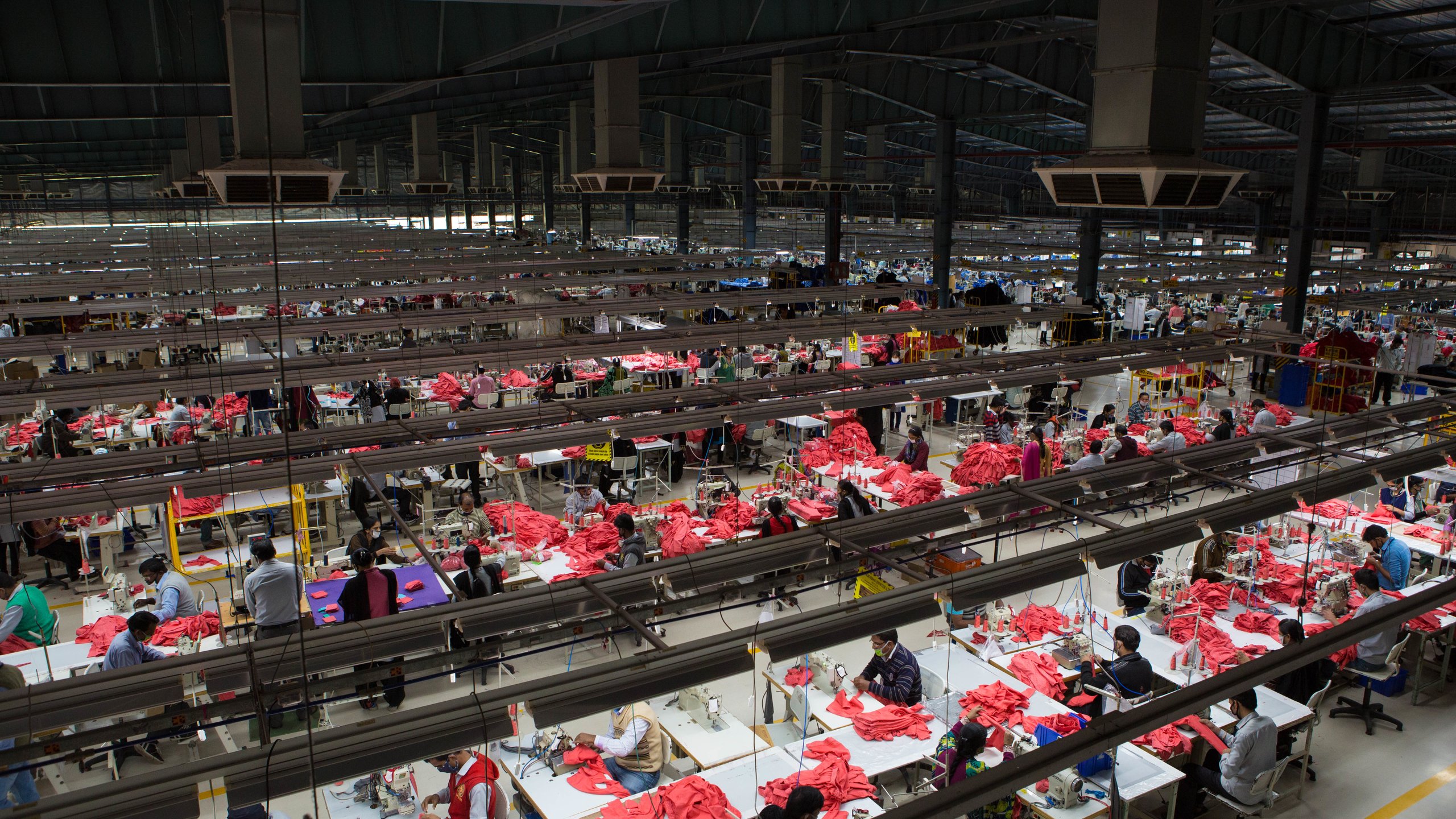Giving Refugees a Voice
16 February 2019 C&A Foundation

The objective sought to improve working conditions for Syrian and other refugees in the Turkish apparel sector using social media monitoring technology
The initiative sought to improve working conditions for Syrian refugees working in the Turkish apparel industry by:
-
addressing a gap in evidence about Syrian refugees in Turkish apparel sector through producing actionable social media analysis
-
publicly disclosing this information that would push stakeholders (brands, employers etc.) to individually and/or collectively remediate workplace issues
Facts:
Partner: Equiception
Investment: EUR 450,123 (C&A Foundation)
Duration: 1 year (2017-18)
Geographic region: Turkey
Results
While social media analysis was an innovative approach, the initiative did not achieve sufficient results to demonstrate proof of concept
- Social media analysis brought forward new and useful information on the scale of Syrians working informally in the Turkish apparel sector
- Brands, employers and multi-stakeholder initiatives did not report being sufficiently influenced by the new insights to make changes in their supply chain
- There was no evidence of improved working conditions through social media generated information
Political and economic contextual barriers hindered actors from addressing actionable changes in workplace
- Actors could not publicly endorse actions to galvanise changes along the supply chain due to political and regulatory reasons in Turkey
- Social media analysis opened the door for collective advocacy to influence the government
- Actors reported that only the government can pro-actively address the situation highlighted by the social media analysis – i.e. formal registration of Syrian refugees in their workplace
- Stakeholders stated their intent to continue collaboration to improve working conditions in the Turkish apparel sector
Initiatives objectives were relevant to the needs of the Syrian workers but project design was not appropriate
- Through use of the social media methodology, the initiative did not generate appropriate tools to influence employers/actors to initiate changes
- Stakeholders reported a lack of trust in the social media data
- There was a reported lack of collaboration among the stakeholders during the initiative
- The initiative needed more time to achieve its intended objectives
What did we learn?
C&A Foundation
- A deeper contextual analysis in the initial design phase is imperative to arrive at an accurate assessment of the scale of outcomes that can be reasonably achieved
- Capacity and literacy of donors and partners in use of social media monitoring and other technologies used for improving transparency in the supply chains is vital to the success of the initiative
For Partners & Others
- The initiative design and contextual analysis must include perspectives of the appropriate stakeholders in addition to the implementation being inclusive of beneficiary groups
- A gender-sensitive dimension must be adequately integrated into the design of social media research methodologies
- Social media analysis must be utilised in the appropriate context where action to remediate the issues uncovered is also possible due to political and regulatory reasons
- Social media analysis is not a sufficiently powerful tool in itself for catalysing change in apparel supply chains
